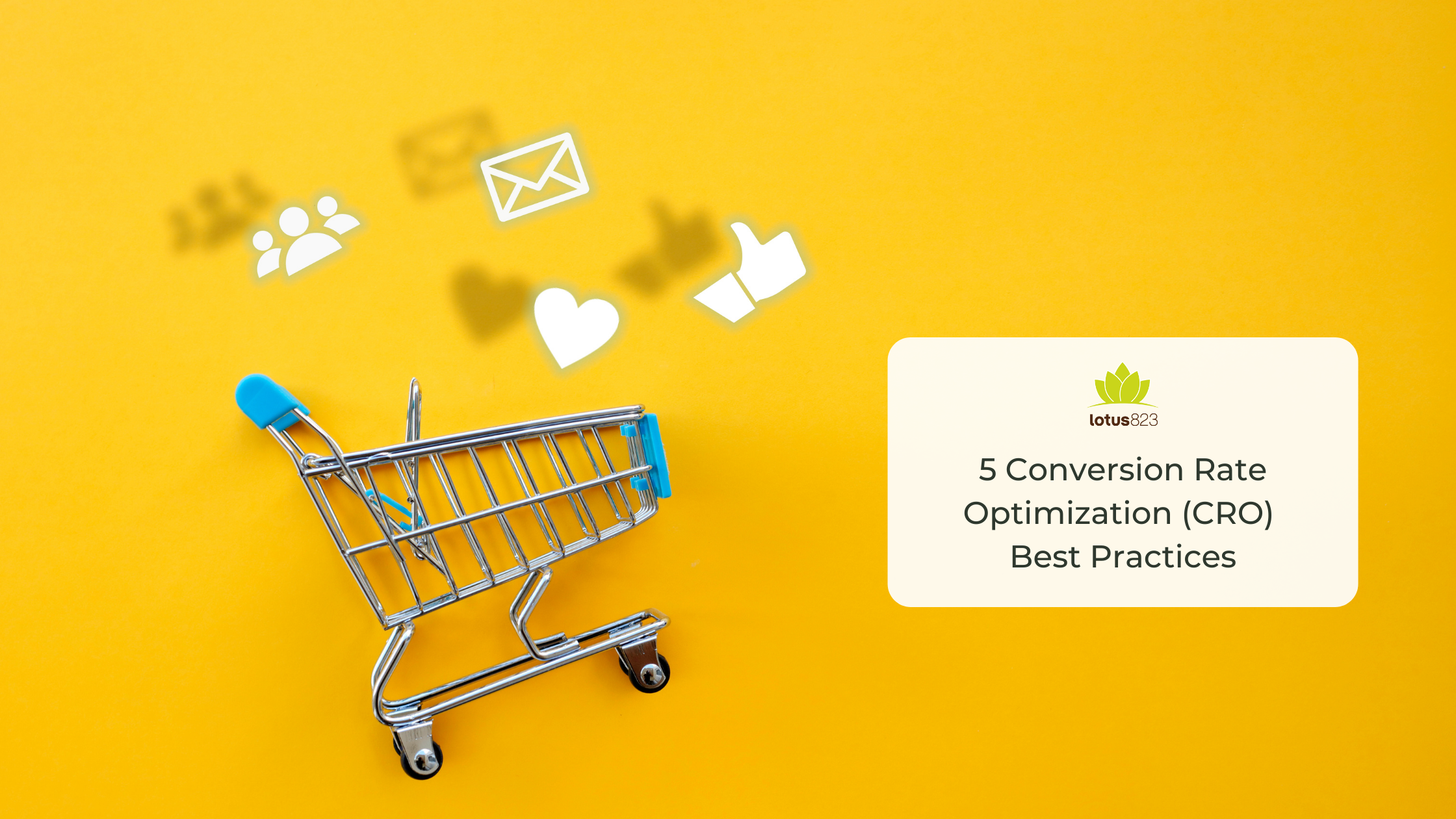
A conversion rate refers to the percentage of users who visit a website and convert. The action of a visitor opting into a newsletter or adding a product to their cart is considered a micro conversion. On the other hand, when a visitor makes a purchase or signs up for a subscription, this is called a macro conversion. Conversion rate optimization (CRO) is the approach to increasing the percentage of users who complete a conversion action. We will discuss five important practices that are helpful in ultimately boosting conversion rates below.
Determine Specific Goals
Having well-defined goals is often the starting point of any marketing project as they pave the way for achieving results. It’s important to know exactly what you wish to accomplish so you can take the appropriate steps from there to stay in line with what you hope to achieve. Before starting anything, take the time to clearly focus on measurable objectives that way you set yourself up for success from the jump. Some examples of goals for your CRO journey might be to increase sales, submissions, sign-ups, or downloads from web users.
Target the Right People
Knowing the different types of people who are driven to your website will help you cater best to them. It would be naive to expect to see an improvement in CRO if you’re completely focusing on the wrong people. To know who is most interested in what you are selling, take a dive into the background of a typical customer. Consider factors such as age, occupation, income, and hobbies to get a good understanding of your audience. Now that you have a solid representation of your target audience, you can determine how to reach them to earn more conversions.
Identify and Fix Leaks in Conversion Funnel
Any information about how users browse and engage with your website is very valuable. Tools like Google Analytics can provide quantitative data such as bounce rates, site speed, and traffic. Using visitor behavior analysis tools that gauge qualitative data like heatmaps, click maps, and session recordings can glean insight into the user experience. During this process, you might discover areas for improvement and then can make necessary adjustments to your site, whether it involves changing the placement of elements, fixing broken links, or implementing a chatbot.
Detailed CTAs
A call to action (CTA) is a vital step in directing users to the next step in the conversion funnel. Without specific CTAs, you make it more difficult for visitors to continue to complete a conversion. They are more than just a button or phrase–an effective CTA can make all the difference between conversions skyrocketing versus results falling short. CTAs should be positioned in a way that catches a visitor’s attention where their interest can be sparked at the perfect moment to encourage them to convert. Also, CTAs should be written with a clear immediate benefit to the user to make performing the certain action appear more enticing.
Social Listening
It’s always important to know how people feel about your products or services and the overall customer experience. This technique involves listening to what is being said about your brand. Since you should not make up your own assumptions about the desires and needs of your audience, you can now gain accurate and first-hand insight to learn how you can better resonate with potential customers. The priority of any business should be to cater to its audience, so incorporating social listening into your strategy can provide you with the information needed to meet their expectations, ultimately serving to drive conversions.
Is your brand experiencing a lack of website users converting? Contact us today to help optimize your website to sell.






